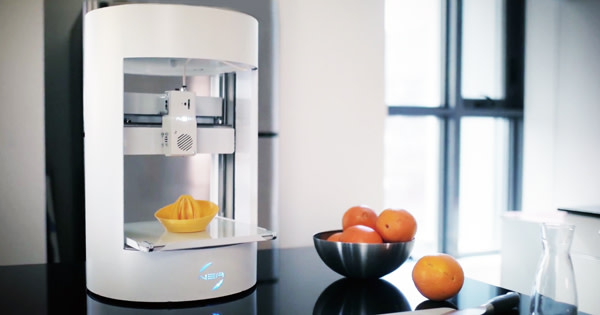Scientists are developing an ultra-low-field Magnetic Resonance Imaging
system that could be low-power and lightweight enough for forward
deployment on the battlefield and to field hospitals in the World's
poorest regions
system that could be low-power and lightweight enough for forward
deployment on the battlefield and to field hospitals in the World's
poorest regions
Second generation "portable" MRI device uses low-power magnetic fields to image the brain and other soft-tissue anatomy.
"Standard MRI machines just can't go everywhere," said Espy. "Soldiers wounded in battle usually have to be flown to a large hospital and people in emerging nations just don't have access to MRI at all. We've been in contact with doctors who routinely work in the Third World and report that MRI would be extremely valuable in treating pediatric encephalopathy, and other serious diseases in children."






